After four years, Marshall has finally released the new generation of flagship wireless noise-canceling headphones, the Marshall Monitor III.
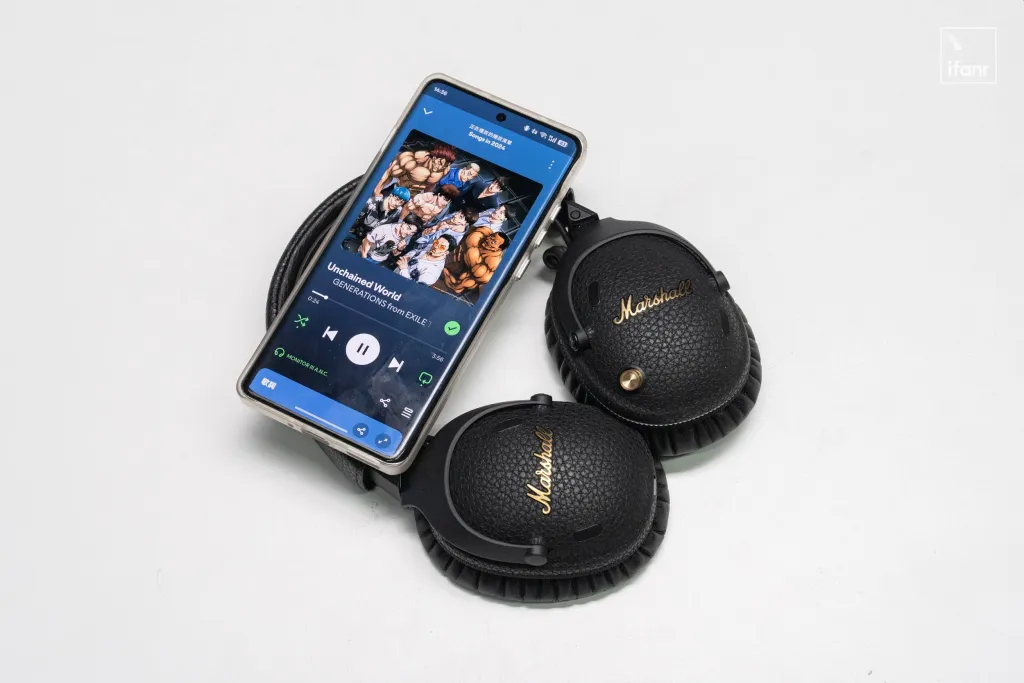
This generation of headphones features a new interface, improved comfort, enhanced soundstage effects, and future support for low-power Bluetooth audio, while maintaining strong battery life.
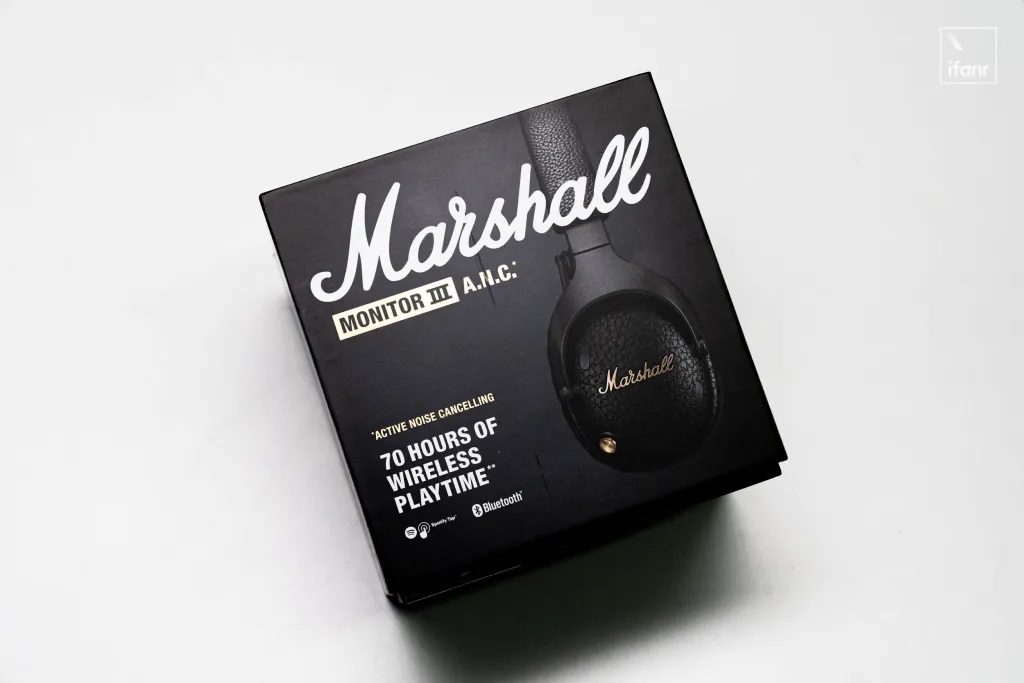
The Marshall Monitor III continues to use a small square cardboard box design, making the packaging much smaller than other flagship over-ear headphones.
In terms of accessories, the Marshall Monitor III comes with a USB-C charging cable, a carrying case, some paper documents, and a USB-C to 3.5mm adapter cable.
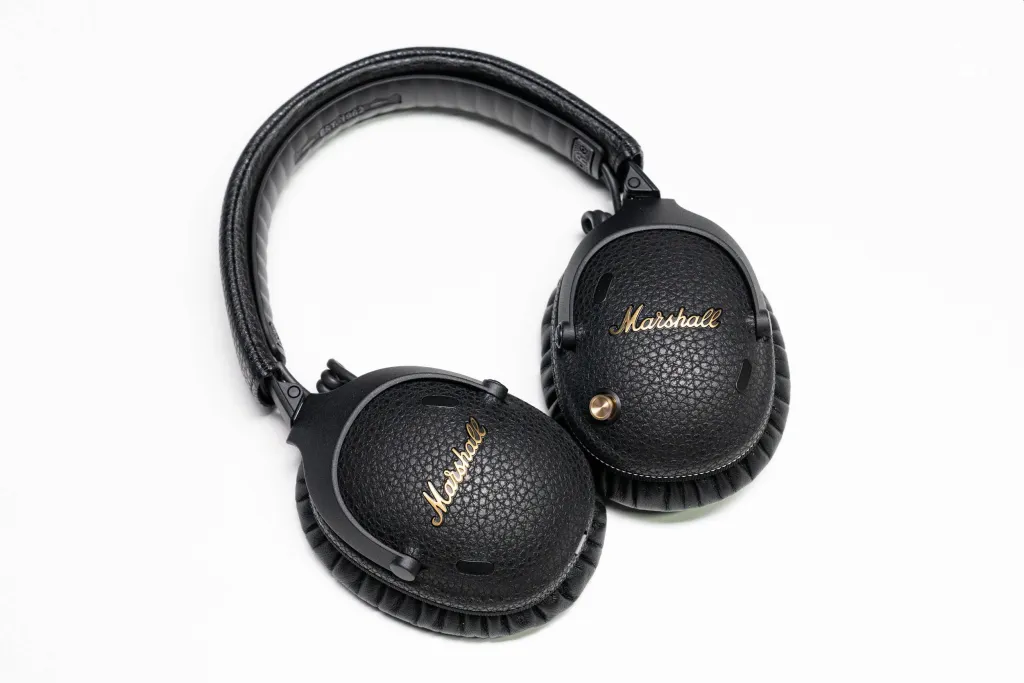
The design of the headphones themselves hasn’t changed much. The Monitor III continues to use an oval-shaped over-ear design, with the outer side of the ear cups featuring Marshall’s signature lychee leather texture and a gold script logo. The classic gold knob is also present on the lower side of the right ear cup.
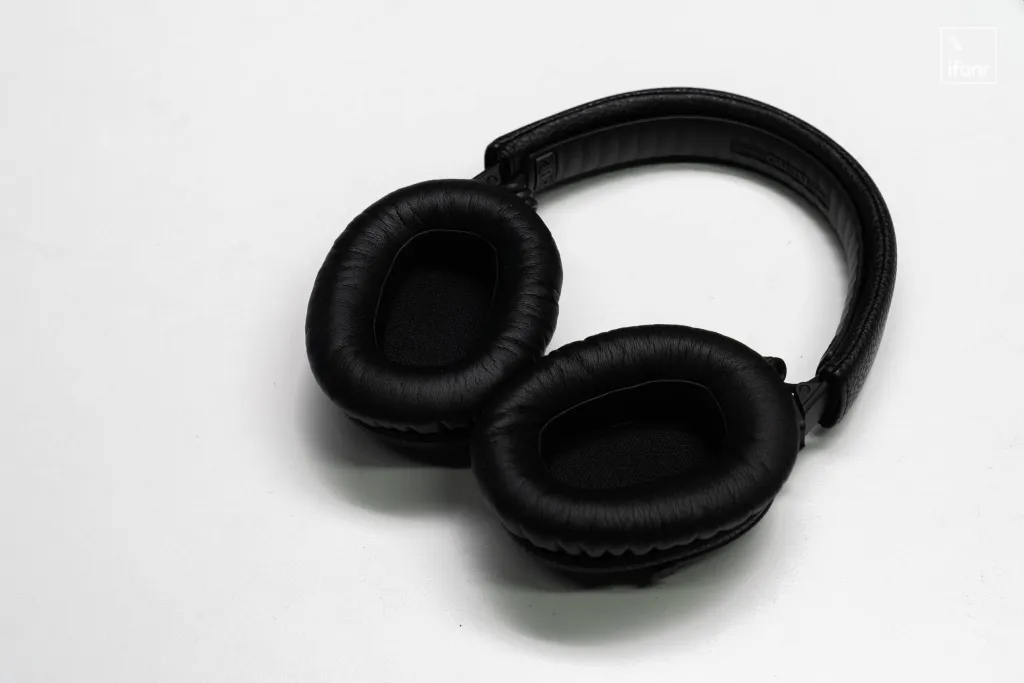
The material of this generation’s ear cups is similar to the Major V, with much higher softness than the Monitor II, reducing the pressure on the ears when worn.
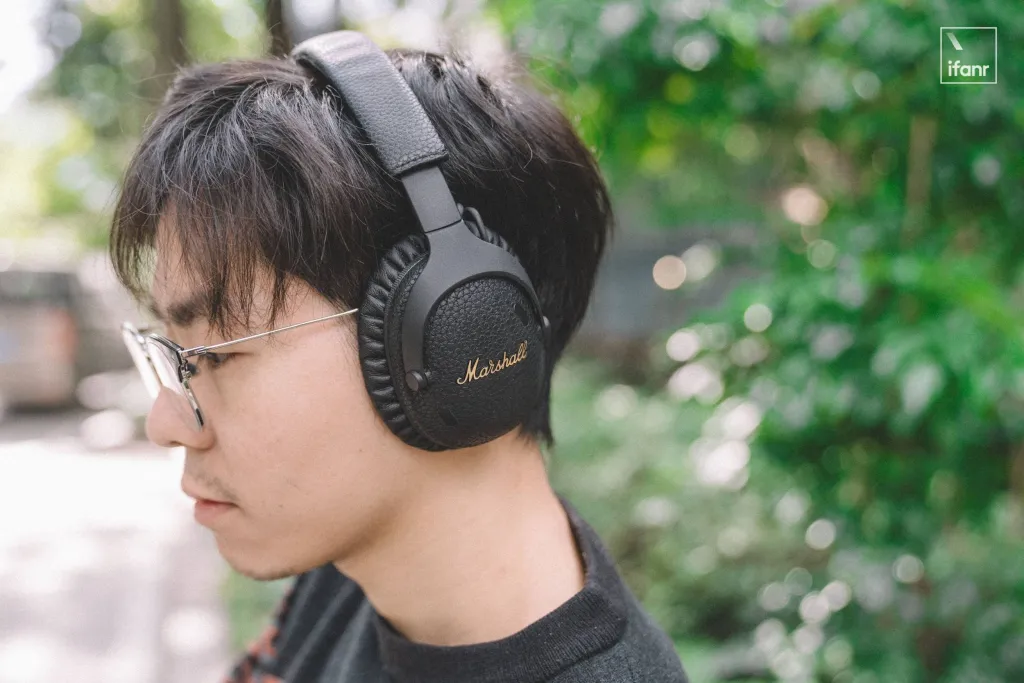
For users like me with larger head sizes, who wear glasses and headphones together daily, the Marshall Monitor III is more comfortable than the Monitor II, ranking among the most comfortable wireless over-ear flagships released in 2024.
In terms of interface, the Monitor III has removed the 3.5mm jack, leaving only the USB-C port, which is used for both charging and switching to wired mode.
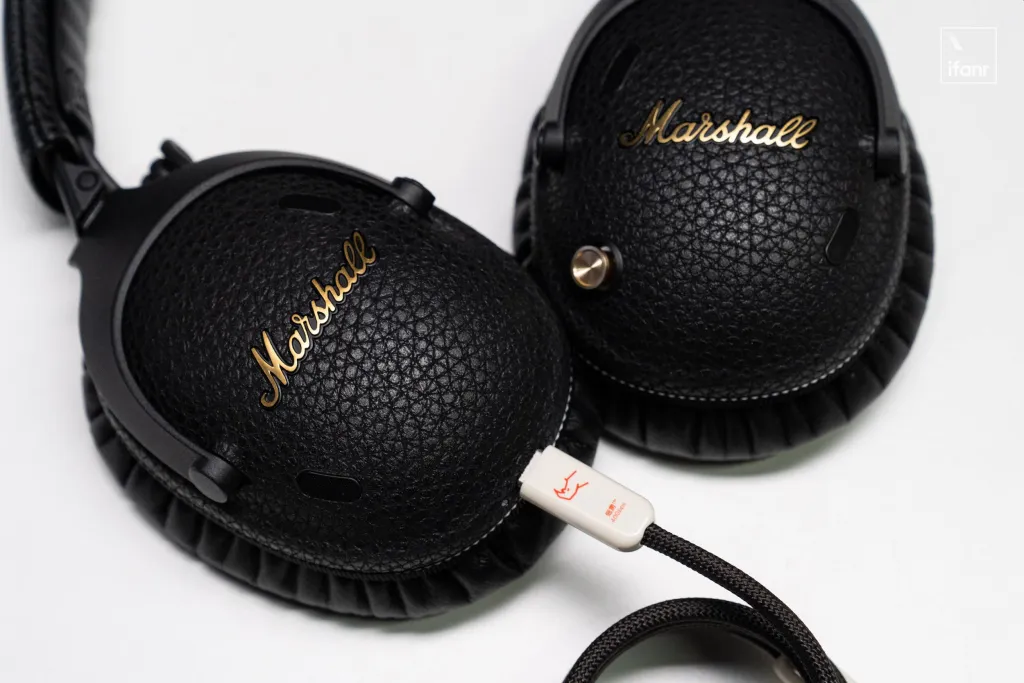
Marshall has taken a unique approach with the Monitor III headphones. They don’t directly support USB audio; instead, they connect to 3.5mm devices via a USB-C to 3.5mm cable, meaning USB audio is not supported. If you’re hoping to use them in wired mode on a computer while charging, you’ll need to reconsider.
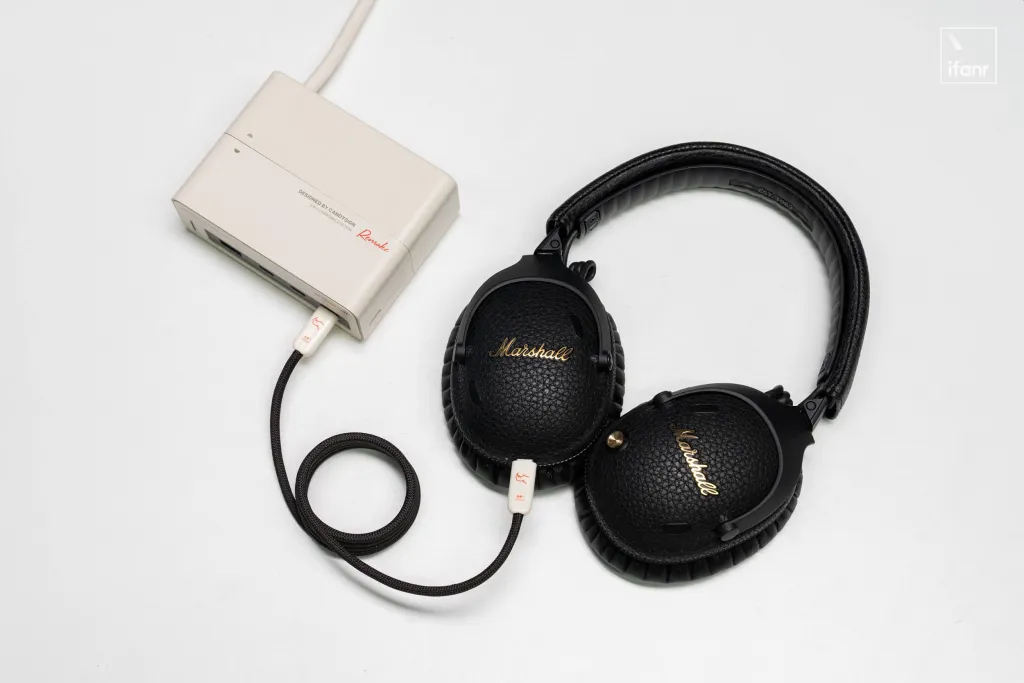
However, the Monitor III boasts impressive battery life. Like the Major V, Marshall excels in this area.
With noise cancellation on, the headphones can play for 70 hours, which is 10-20 hours longer than most over-ear noise-canceling headphones with noise cancellation off. If you turn off noise cancellation, the Monitor III can last up to 100 hours. You could ride from Guangzhou South to Shantou without needing a charge.
Even if you’re not going to such extremes, for daily city commuting, you can go a week without charging. The headphones will also support low-power LE Audio in the future, further enhancing their long battery life.
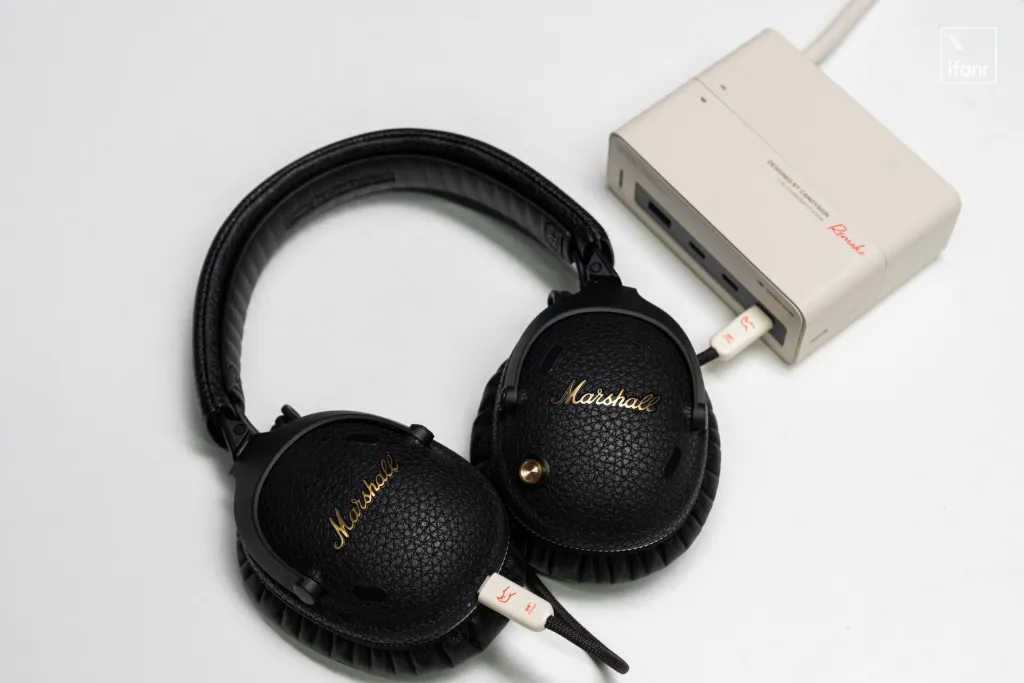
Marshall also offers a quick charge mode, providing 12 hours of playback with just 15 minutes of charging, and a full charge takes 2.5 hours, which is fairly standard. A shorter quick charge time would improve the experience of charging in short bursts.
The main point is that the Monitor III’s battery life is so long that most users won’t wait until it’s completely drained to charge it. Instead, they might forget to charge it due to the long intervals, only realizing it’s out of power when they want to use it. In such cases, a more efficient quick charge would be very practical.
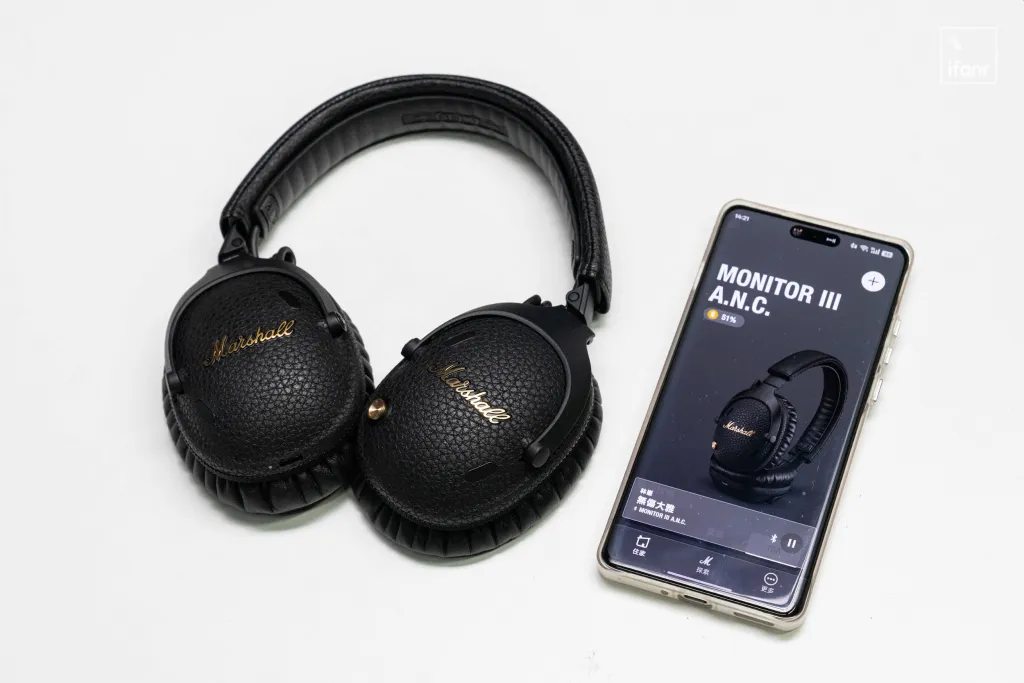
In terms of features, the Marshall Monitor III is equipped with a Bluetooth 5.3 wireless module, supporting multi-device connections with a range of up to 10 meters. The headphones have built-in wear sensors that pause playback when you take them off.
Bluetooth 5.3 ensures basic stability, and unless you’re in a highly interference-prone environment or using outdated equipment, you shouldn’t experience instability in daily use. The latency control is also good; I didn’t notice any significant delay while playing games like “Pokémon Unite” and “Arknights,” making it suitable for watching videos and gaming.

Regarding noise cancellation, the Monitor III performs similarly to the previous generation, effectively quieting the surrounding environment. It significantly reduces keyboard typing sounds and other consistent noises, making it suitable for use in offices and cafes with background music.
The pressure from noise cancellation is minimal, and 100% noise cancellation doesn’t suddenly make everything silent. It’s smoother to activate than the second generation, and the pressure isn’t as noticeable as in products focused on strong noise cancellation, allowing for longer wear times.
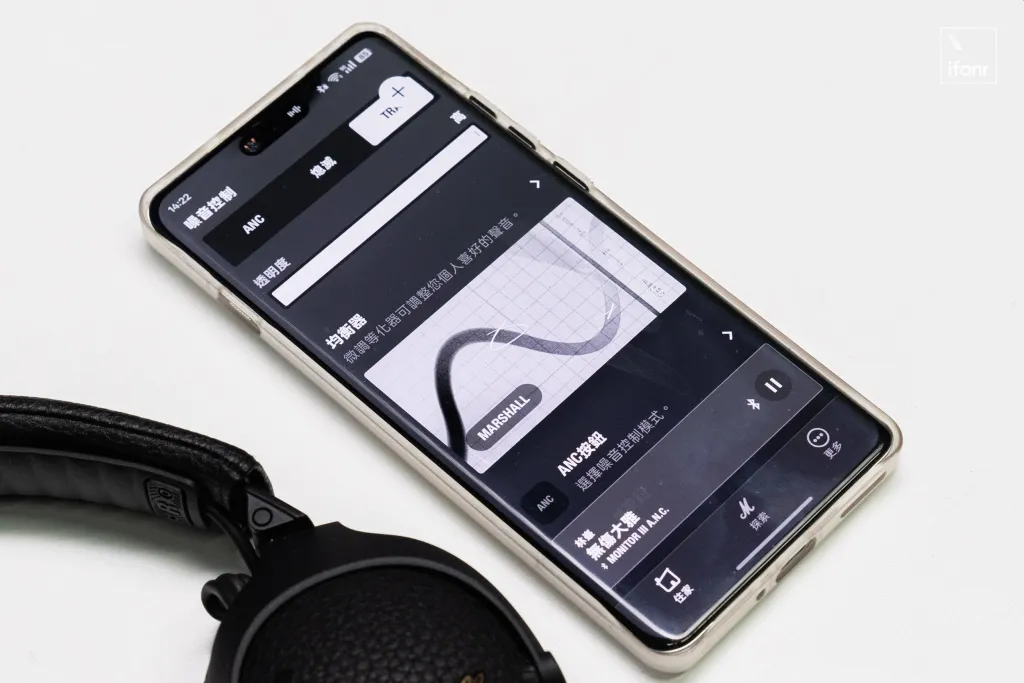
In terms of feature updates, Marshall has introduced SOUNDSTAGE audio technology in this generation, which enhances the soundstage performance of the headphones, creating a wider soundstage effect.
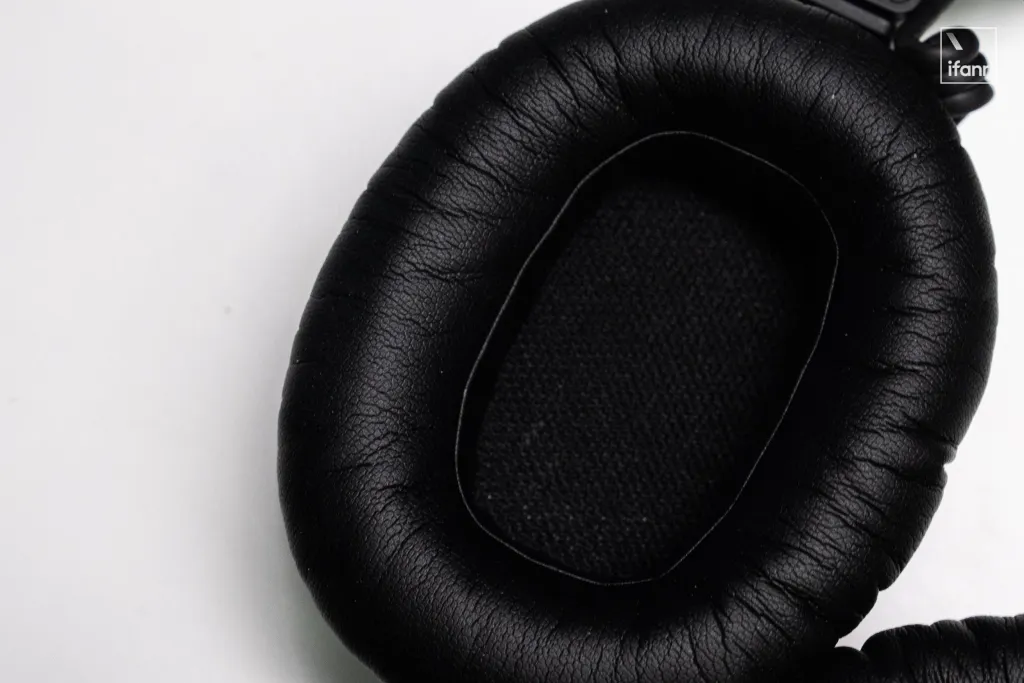
The headphones are equipped with 32mm dynamic drivers with a 35Ω impedance and a sensitivity of 117DB SPL, which are slightly smaller but more sensitive than the 40mm drivers used in the Monitor II.
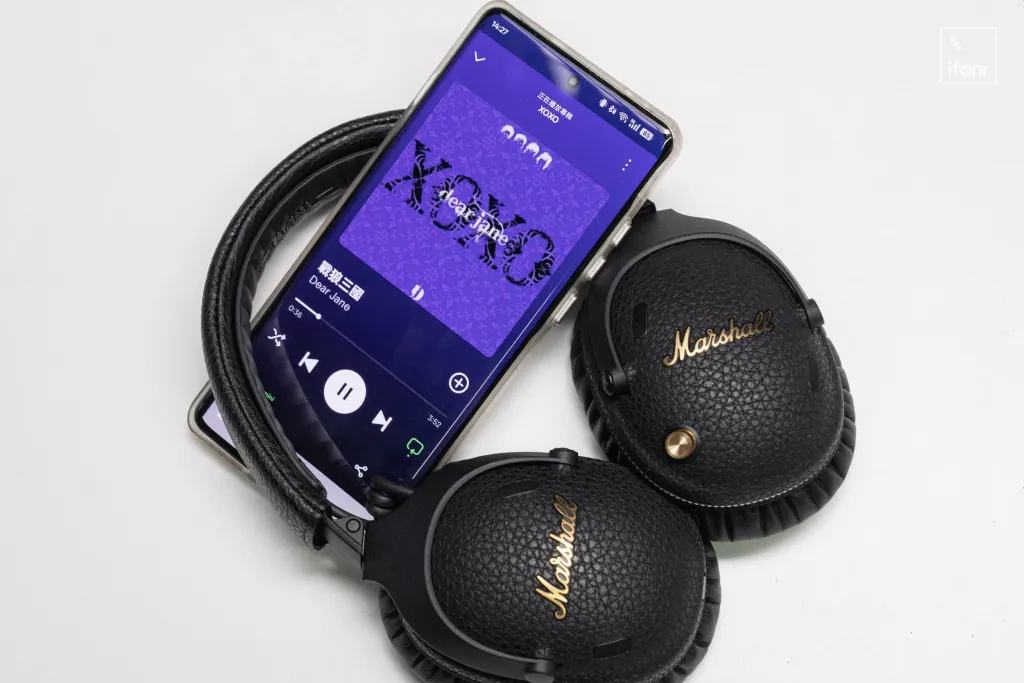
The sound profile of the Monitor III is similar to the previous generation, offering a clearer and crisper experience than the Major V, with a touch of band-like quality.
The bass is powerful, with drum beats that smoothly rebound. The sound is faster, with more pronounced instrument effects and clearer details, giving the impression of larger pearls in bubble tea.
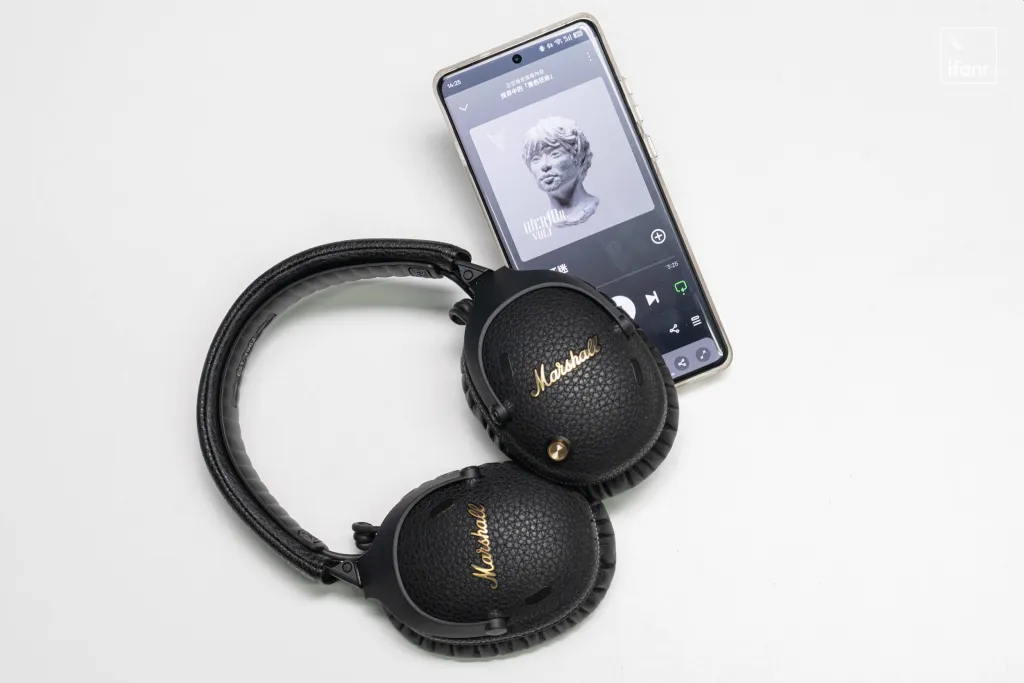
There is sufficient distance between vocals and background, with sharper vocal outlines, breathing, and singing actions compared to the Major series. This aligns with the “Monitor” series’ dry sound signature.
However, the sharpness can sometimes feel a bit dry, and with the limitations of AAC and SBC transmission, there can be a sense of “high sharpness but low detail” imbalance.
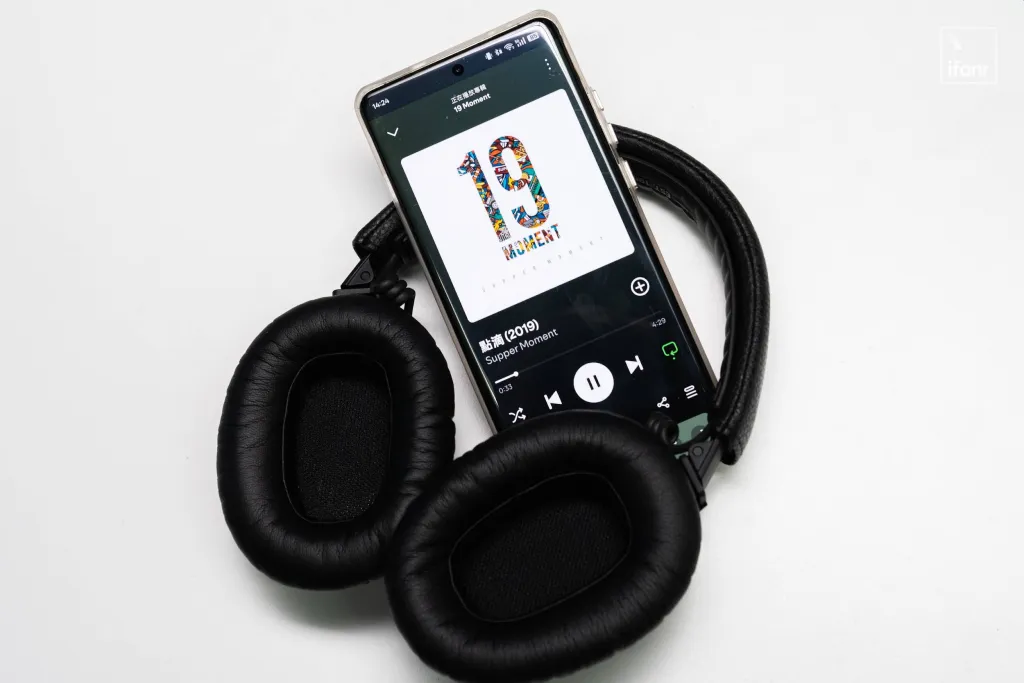
When the SOUNDSTAGE audio field is activated, the sound space of the Monitor III expands. The band can perform on a larger stage with less interference, and the sound doesn’t feel “compressed.”
The extension of the instrument’s tail sound is greater, making it sound more relaxed and effortless.

Overall, the Marshall Monitor III is a regular upgrade in the Marshall Monitor series.
The sound continues Marshall’s band style, more precise and transparent than the Major, with a stronger brand character, appealing to Marshall fans.
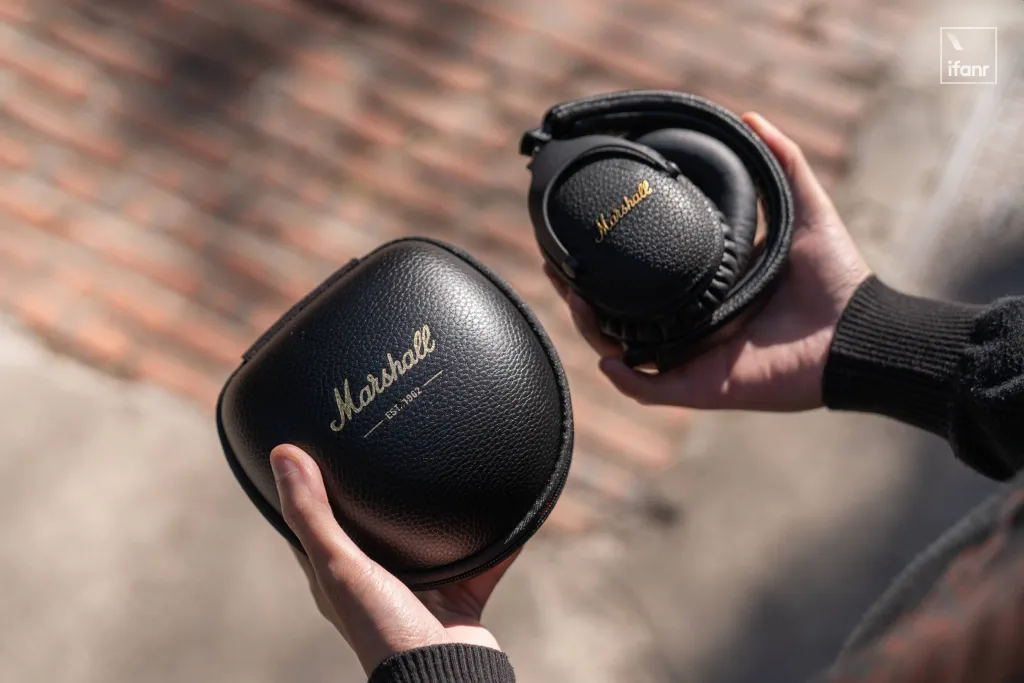
The experience has also been practically upgraded, with softer headbands and ear cushions for more comfort, and more compact storage. The new chip enhances connection stability, and battery life is improved. Even without the 100-hour non-noise-canceling mode, the 70-hour noise-canceling mode meets most urban needs, suitable for long trips or outdoor experiences.
However, as a new flagship, the lack of USB Audio support and high-spec transmission codecs, despite having only a USB-C port, is a slight drawback.
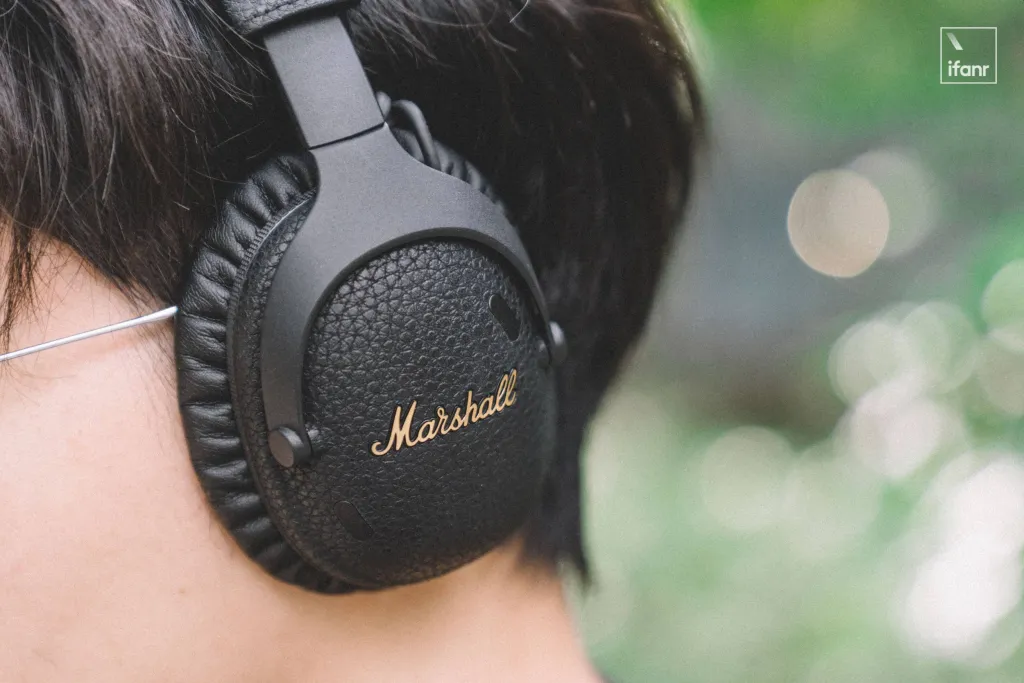
For most Marshall enthusiasts, the iconic design and unique sound performance are foundational, making these shortcomings negligible.
If you haven’t upgraded to Monitor II or want the battery life and ear cushion softness of the Major V without sacrificing active noise cancellation, the Marshall Monitor III is still worth recommending.
Source from ifanr
Disclaimer: The information set forth above is provided by ifanr.com, independently of Alibaba.com. Alibaba.com makes no representation and warranties as to the quality and reliability of the seller and products. Alibaba.com expressly disclaims any liability for breaches pertaining to the copyright of content.



